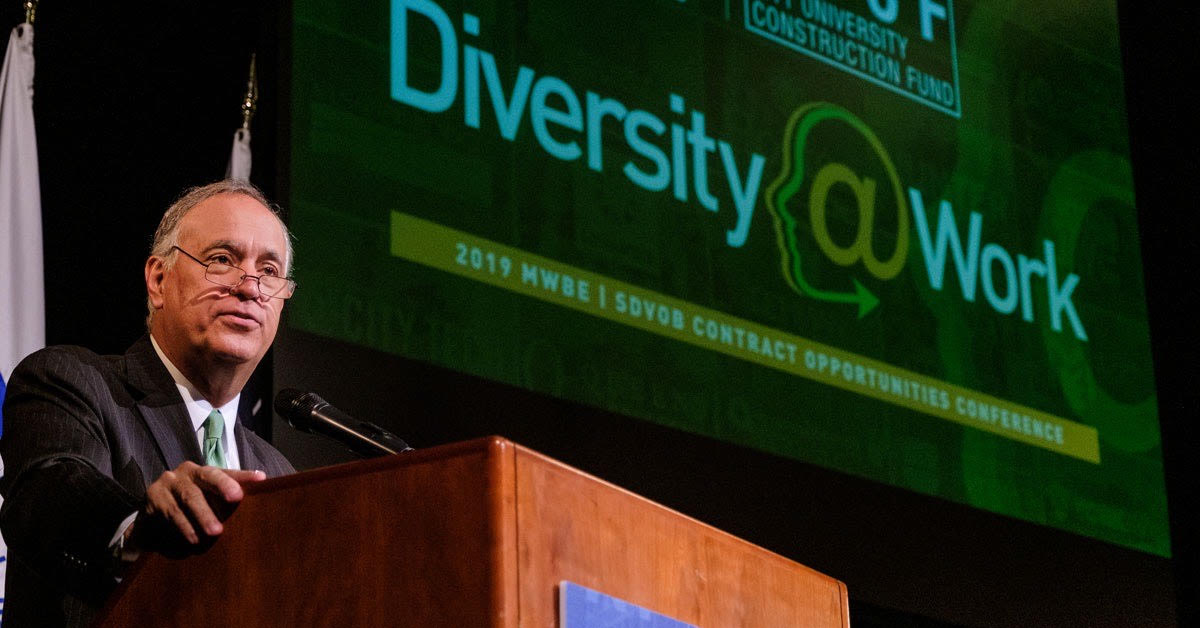When I was president of Queens College and Hostos Community College, I used to go off campus for an occasional work breakfast or lunch. I was always amazed how hard it was to find a quiet table.
The delis and ethnic restaurants were teeming with college folks—faculty, staff, visitors and students, a small yet vivid reminder of CUNY’s vital role as a wellspring of economic activity in neighborhoods across the city.
CUNY colleges have always been a sound investment, for the students who are able to get a top-notch education and for the local businesses that benefit from the many services our campuses procure: from computers to furniture, construction services, cleaning materials and even food for the cafeterias.
Now, two economic impact studies released this month go further, spelling out CUNY’s unparalleled ability to create a positive financial impact, both locally and on the broader regional economy, while generating a tremendous return on investment for students, taxpayers and society.
The City College of New York, the oldest among the 25 colleges that make up CUNY, added $1.9 billion of value to the New York region in fiscal year 2017-18 through the cumulative economic effect of its operations, research, construction and student and alumni activities—the equivalent of generating 16,760 jobs, according to one of the studies from the labor analytics firm Emsi.
In the second study, released this week and covering the same time period, Emsi determined that Queens College generated $1.8 billion in economic benefit, supporting the equivalent of 16,862 jobs.
Other CUNY schools will likely be assessed for their economic impact in the future, but we can already conclude that CUNY’s 25 colleges together add billions to the local economy, a staggering impact that well transcends that of each campus and its surroundings. We are also proud of our robust business partnerships with hundreds of Minority and Women-Owned Businesses.
Breaking down the total contributions of CCNY and QC, the studies highlighted the impact of the schools’ proud alumni, whose employment value generated a combined $3 billion in value. Further, the schools’ combined operations spending added approximately $564 million to the local economy. And for every dollar of public money spent educating students at CCNY and QC, taxpayers see a return of $3 to nearly $5 over the course of the students’ working lives.
These studies confirm the indispensable value of the nation’s premier urban university. CUNY is both the American Dream Machine, propelling students from humble means to the middle class, and one of the region’s key drivers of economic activity.
I’m always pleased when parents and students come seeking my advice on how they can benefit from CUNY’s academic programs; I’m also pleased when I meet New York entrepreneurs and small business owners who want to do business with CUNY. It is a little-acknowledged role of the University, but one of great importance to the economic vitality of our City and State.
Félix V. Matos Rodríguez is the chancellor of the City University of New York, the nation’s largest urban public university, serving over 500,000 students of all ages in seven community colleges, 11 senior colleges and seven graduate or professional institutions. Visit cuny.edu.




































